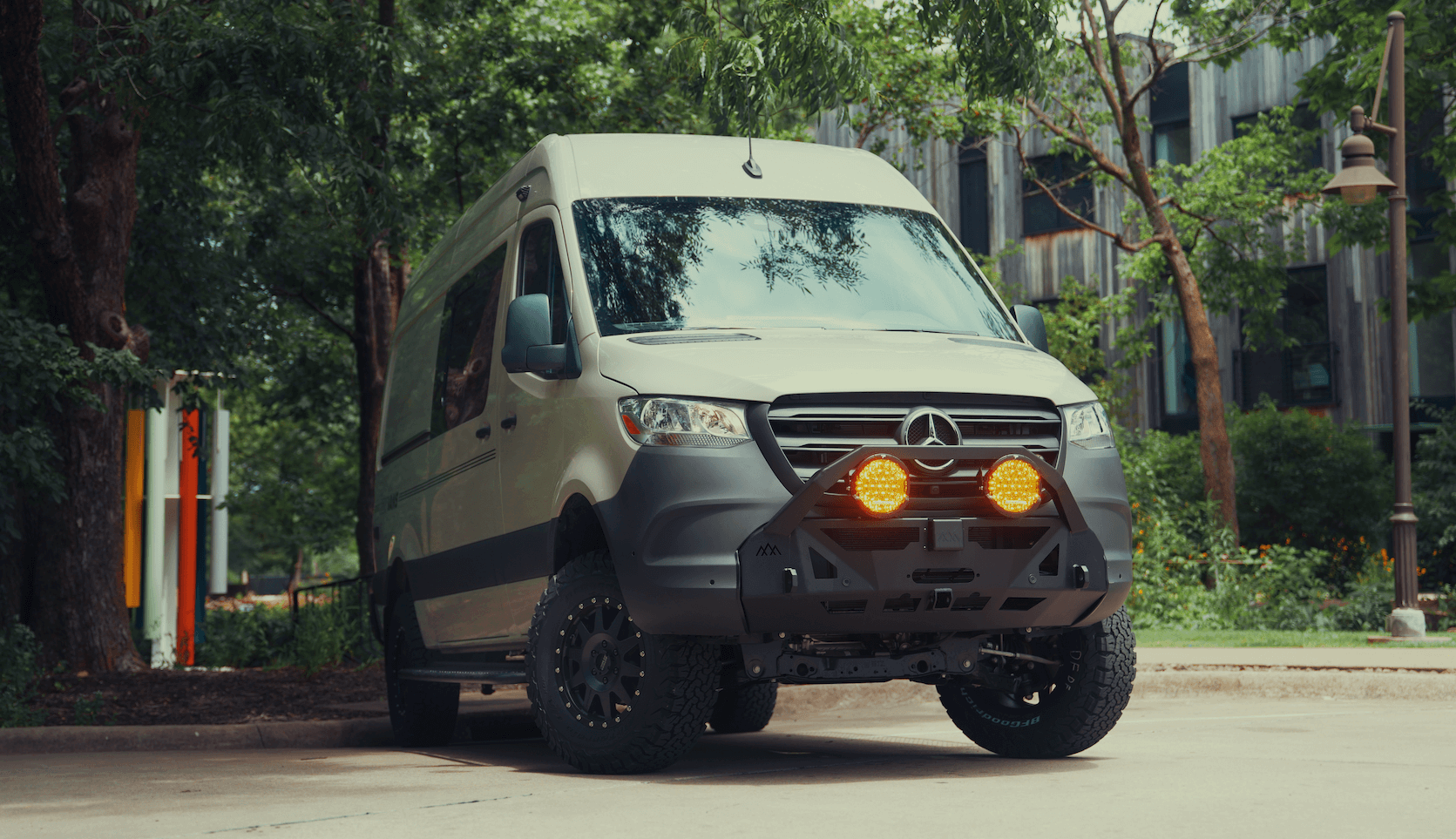Recreational Vans

Most auto lenders use FICO Auto Score models that emphasize payment history and current balances. While policies vary, common approval bands look like this:
Scores of 720 and above usually unlock the lowest available rates, longer terms, and minimal documentation beyond income and insurance. Borrowers in this tier may qualify with little to no down payment, though cash down still reduces interest paid over the life of the loan.
Scores from 660 to 719 often see competitive approvals, but the rate may be a point or two higher than top tier offers. Lenders may request a modest down payment, verify income more closely, or limit term length to manage risk. Solid history with prior auto loans helps here.
Scores between 580 and 659 can still qualify, but expect higher rates, larger down payments, tighter loan to value limits, and shorter terms. Below 580, approvals are possible through specialized programs, yet total cost of borrowing climbs, and vehicle age or mileage limits may be stricter. Thin file applicants with limited history can offset risk with cash down and proof of stable income.
Credit score sets the stage, but lenders underwrite the full picture.
Smart preparation can shift your rate and terms in your favor.
Once you understand how score, LTV, and DTI interact, it becomes easier to choose the right platform and the right lender path. If your score sits near a threshold, a slightly larger down payment or a shorter term can deliver a better offer and faster approval.
Planning your build with financing in mind also helps. Decide what features you need day one versus what can wait. Keep the financed platform within strong book value ranges, then think about future upgrades on a separate timeline once you have the rig on the road.
At this point, many buyers map the van first, then refine financing with a lender who supports their use case and vehicle profile. That order prevents surprises and keeps your application aligned with the lender’s guidelines.
—
Ready to connect the dots between platform, financing, and the build you have in mind? Explore our Fayetteville shop’s approach to adventure rigs and see how we help you choose the right platform and a smart path to ownership. Start with our Recreational vans overview, learn how we scope custom build vans, and review finance friendly mainstream vans options that align with lender expectations.
Tell us your target payment, desired term, and must have features. We will outline a platform strategy, timeline, and build scope that fits common lender guidelines, then prepare you for a confident handoff when you pick up in Northwest Arkansas. Submit the form to get started.
Ready to map your build path and explore finance friendly platforms? Talk with OZK Customs about Recreational Vans, complete custom builds, and mainstream vans that typically qualify for traditional auto loans. Submit the form to schedule a consult and leave Fayetteville with a clear plan, a timeline, and lender ready specs.
ADDRESS:
6159 E Huntsville Rd, Fayetteville, AR 72701
PHONE:
(479) 326-9200
EMAIL:
info@ozkvans.com